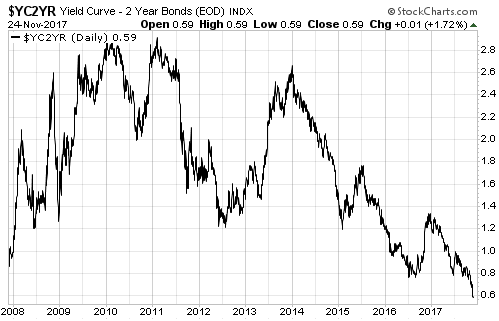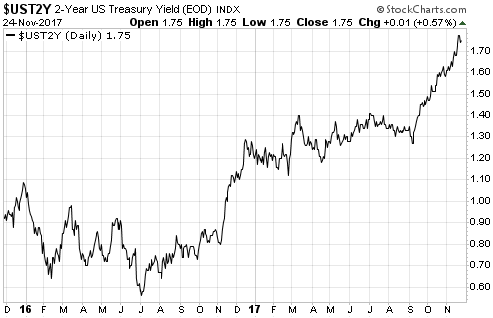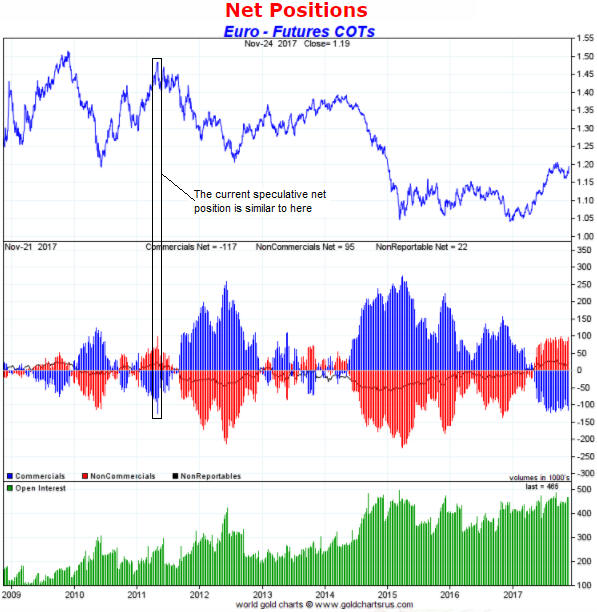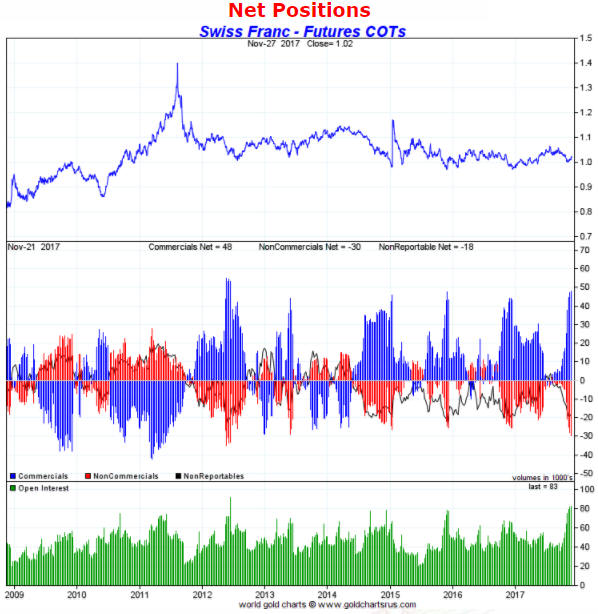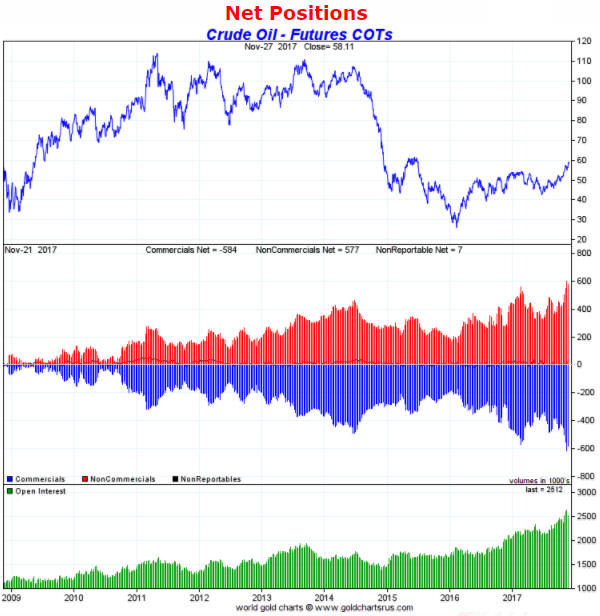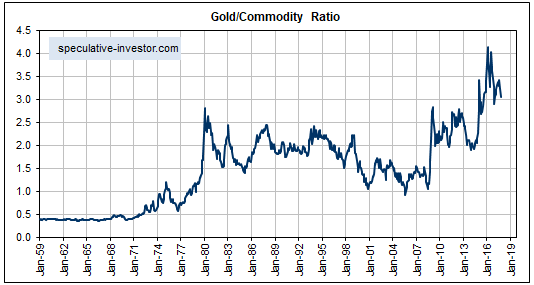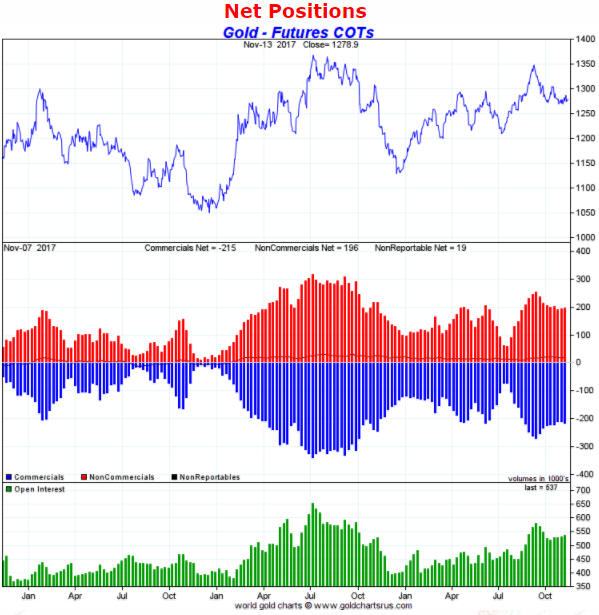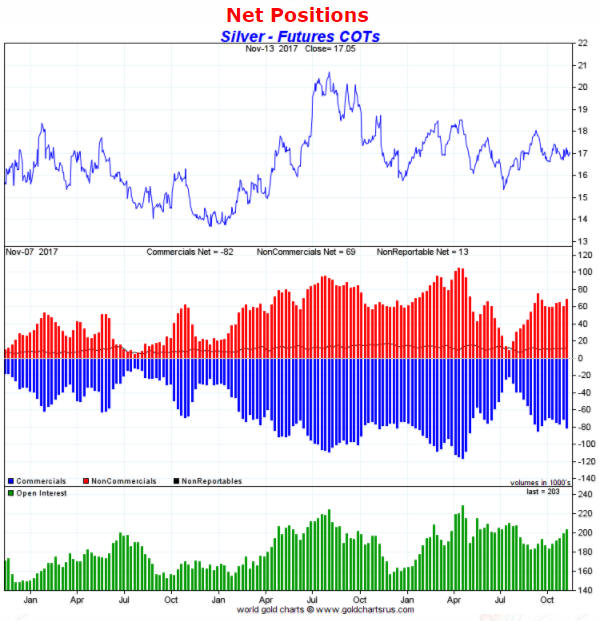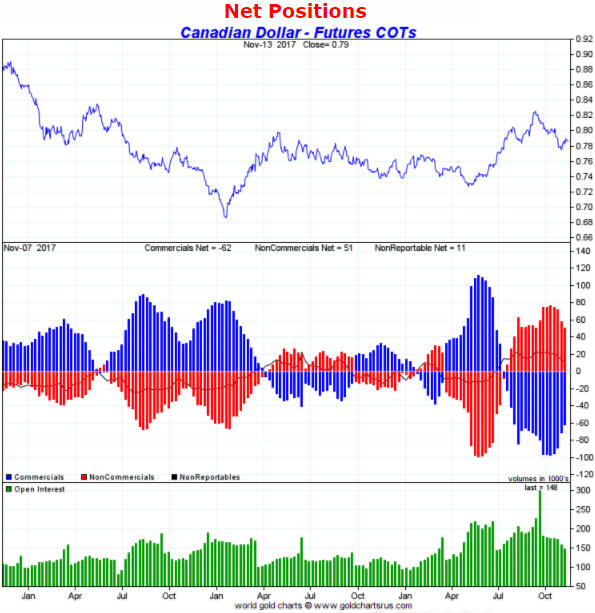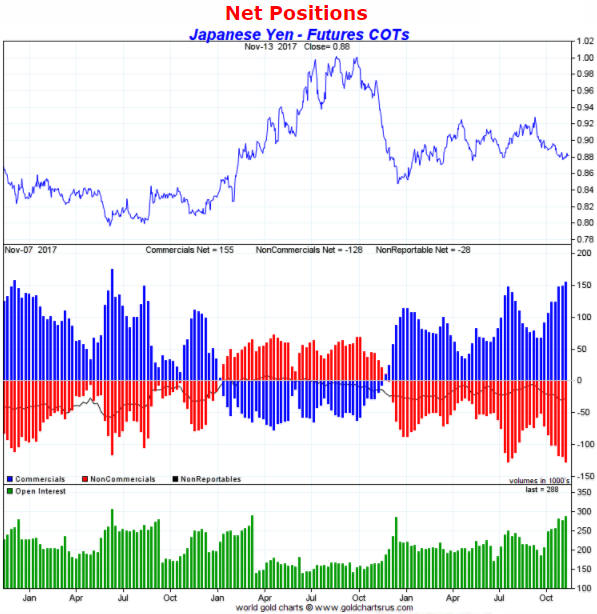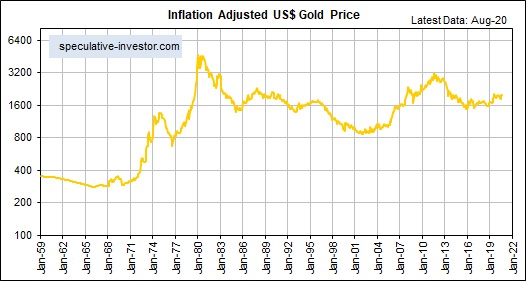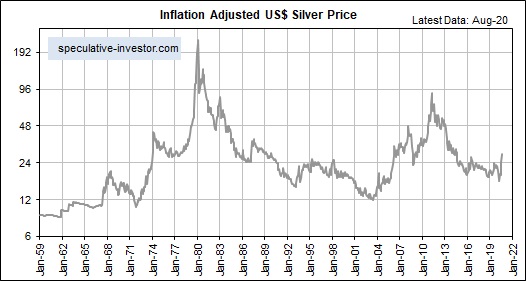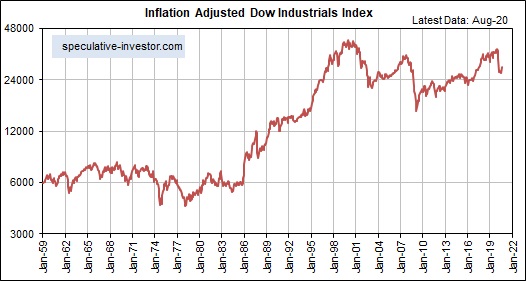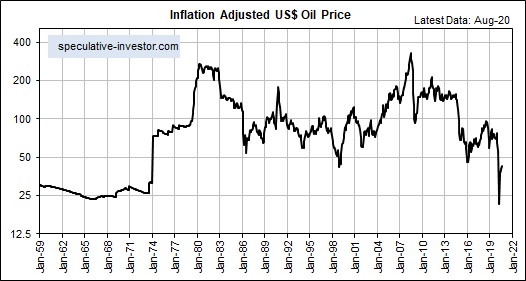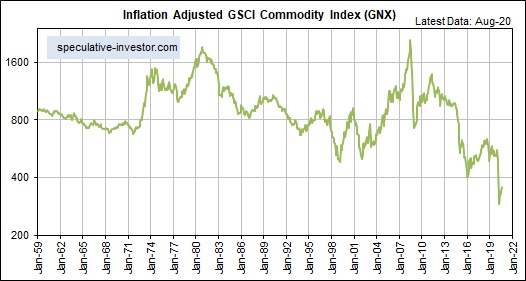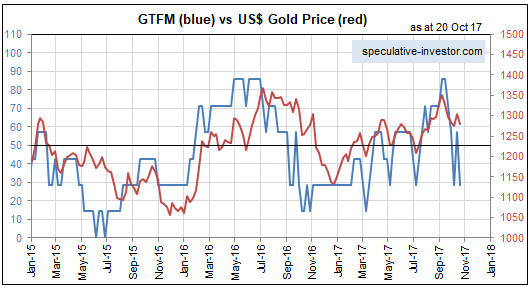1) Stockman on fire
Former Reagan budget director and current proprietor of the eponymous “David Stockman’s Contra Corner” was on fire in the Bloomberg interview linked below. Within the space of 8 minutes he manages to explain:
a) Why the tax reform package being negotiated in the US will add upwards of $1.5 trillion to the US federal debt over the next several years without prompting a significant increase in domestic investment or providing any other real help to the US economy.
b) That former Trump National Security Advisor Flynn was caught in a perjury trap as part of a political witch-hunt and that the entire “Russiagate” drama is an attempt to unravel last year’s election.
c) That a US fiscal crisis is ‘baked into the cake’ and that the impending deficit-funded tax cut will accelerate the crisis.
2) Mortgage fraud in China
Imagine if one bank robber sued another on the basis that the loot from the robbery was not divvied up in the agreed-upon way. This is similar to a recent court case in China that involved one participant in a fraudulent property transaction suing another — and winning! — on the basis that the ill-gotten gains were not dispersed as originally agreed.
The article linked below discusses the above-mentioned case and the fraudulent practices that are now prevalent throughout China’s residential real-estate market as buyers, sellers, banks, property agents, property valuers and mortgage brokers break the rules in an effort to profit from the investment bubble. It’s a familiar story.
https://www.reuters.com/investigates/special-report/china-risk-mortgages/
 Print This Post
Print This Post

